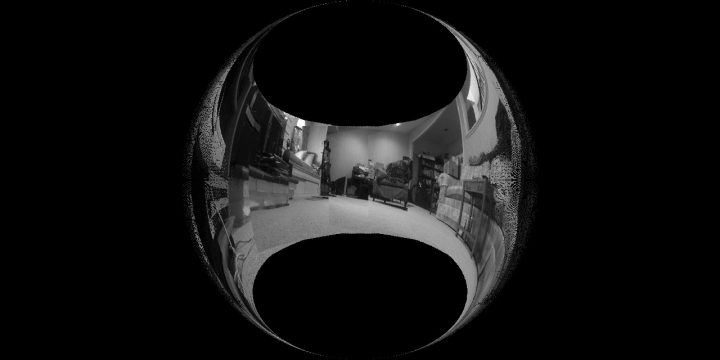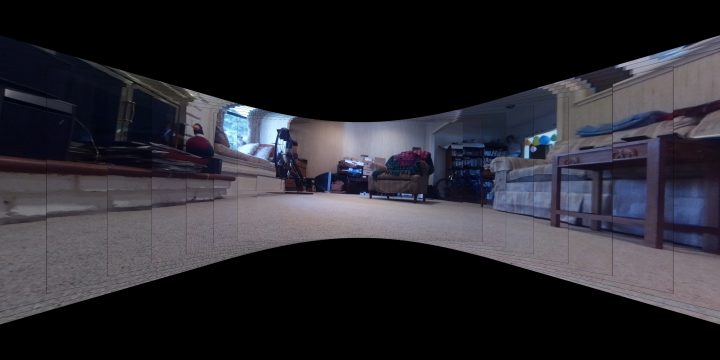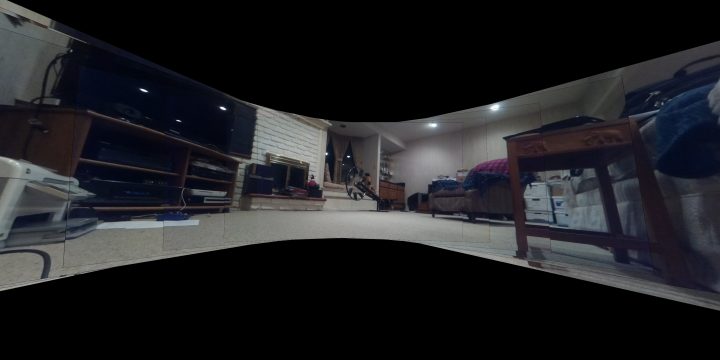
Visual Field Construction – Heal Plot
Starting with this earlier post we have been discussing the construction of a stable visual field using techniques that use key-point matching and motion sensing. In both cases we attempt to map input from a three-dimensional scan onto an easily viewed two-dimensional surface. But any notion that we have a hi-def flat screen in our head or visual system is surely misguided. The world we live in is inherently a three dimensional space and we should be looking at how to properly represent a 3D world into a 3D data structure. Fortunately, this same problem came up in an earlier and completely different context. NASA launched satellites to study the cosmic microwave background (CMB) anisotropy (cosmic radiation in the universe) and needed software that met certain criteria for mapping radiation…

